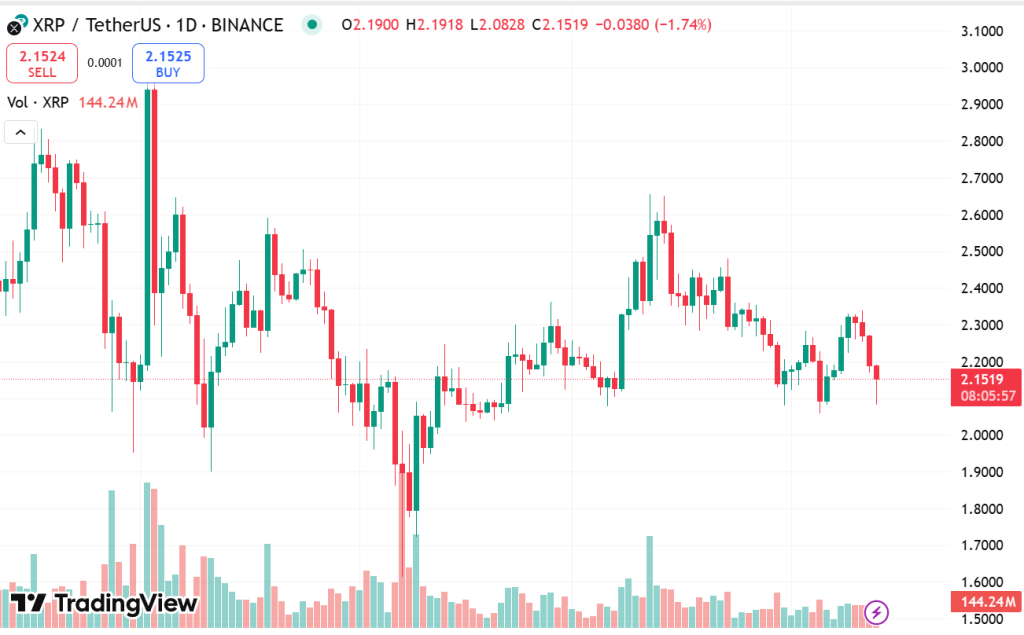One of the biggest forest fires in California’s history has burned through nearly 430,000 acres, putting at risk millions of carbon credits that offset greenhouse gasses.
The Park Fire, which began in Northern California in late July, has destroyed close to 45,000 acres of forests for the state’s carbon offset program, according to the nonprofit climate tracker CarbonPlan.
Under California’s cap-and-trade program, the state issues carbon credits—the equivalent of one ton of CO2—to owners of so-called offset projects, which are made up of forest land set aside for reducing greenhouse-gas emissions. The owners of these projects can then sell those credits to polluters in the state to offset their carbon.
At least four projects are being scorched by the Park Fire, and collectively they account for millions of credits that could now go up in flames. All of them are owned by Sierra Pacific Industries, the second largest lumber company in the U.S.
For one project, CAR1382, 97% of its listed area has already been burned, according to CarbonPlan’s analysis. The parcels include more than 2,500 credits bought by Tricor Refinery, a California oil refinery, and Rainbow Energy Marketing, an energy trading group.
To be sure, California’s offset program has a type of insurance mechanism in case of various disasters. Individual projects contribute 10%-20% of their credits to a “buffer pool”—a cache of credits that aren’t bought and sold.
But the number of credits earmarked specifically for fires is just a fraction of the total pool, which has to cover other things like drought and pestilence. And over the past few years, the state has experienced some of the biggest wildfires on record, draining the pool’s reserve and raising doubts about its long-term viability.
In the last quarter of 2023 and the first quarter of 2024, California’s buffer pool lost more than 4 million credits, while it gained just 2.74 million in all of 2022 and 2023, according to CarbonPlan’s analysis.
Resources in the buffer pool are fungible, so credits appropriated for other disasters can still be used for wildfires if the need arises. But the demand for fire credits has already blown past the supply, according to CarbonPlan.
A 2022 analysis completed by the nonprofit found that the state had already used 95%-114% of the roughly 6 million credits earmarked to insure against fire risk for the next 100 years. Since that analysis, usage has continued soaring. Grayson Badgley, a researcher at CarbonPlan, estimates the amount of credits used for wildfires is now closer to 11 million.
“I’m concerned that the buffer pool has significantly underestimated the risk of wildfire,” he told Fortune. “And given that a large fraction of the projects are in fireground regions, that the buffer pool may not be sufficient to replace credits over the next 100 years.”
He believes the state should revise its methodology for calculating fire risk to the credits it issues, a process the California Air Resources Board (CARB) began with researchers last year. In addition, he advocated updating the total number of credits in the buffer to reflect higher risk.
“If [projects] come online during the current rule set, where the numbers contributing to the buffer pool are too low, we’re just going to be heeping on liabilities to this program that are just going to make it even weaker in the long run,” he said.
A spokesperson for CARB told the Financial Times the current pool was in stable condition, with around 28 million credits. CARB did not immediately respond to Fortune’s request for comment.
Eight of the 10 biggest forest fires in California’s history have come in the past five years. The biggest, the August Complex fire, burned more than a million acres in 2020. As of its current spread, Park Fire is now the fourth biggest blaze on the list.
The Park Fire isn’t the only blaze this year that has torched offset projects. In New Mexico, the South Fork and Salt fires burned close to 13,000 acres of a project run by the Mescalero Apache Tribe, who have sold more than 1.5 million credits to Chevron.
Credit: Source link











